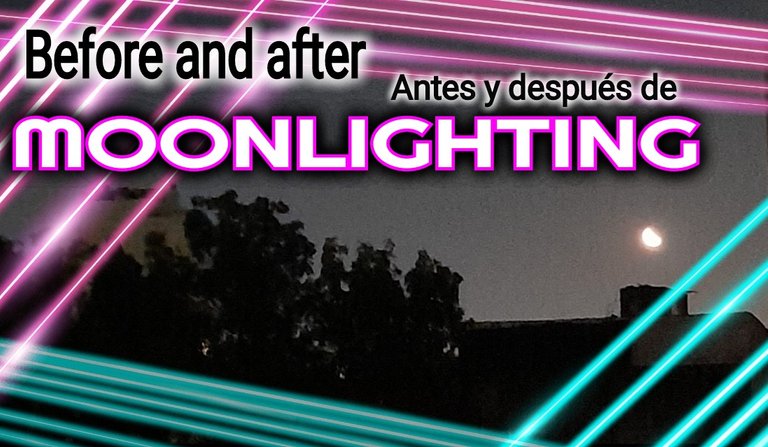
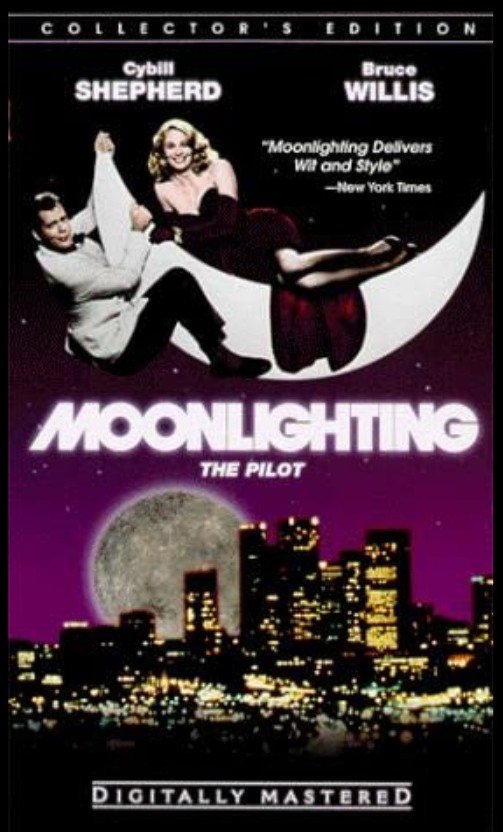
https://m.imdb.com/title/tt0089619/mediaviewer/rm166239744/
A big greeting to all of Hive’s friends and the film and TV community.
Now, a little more adapted to my new work schedule, I am finding spaces to return to this environment that I like so much.
I have long been thinking of writing about this TV series and what better time than this return to do so.
This is a television series from the 80s that I remember with great pleasure and emotion as it marked my beginning in the audiovisual world.
I was already running 1986 and taking my first steps in university life, pursuing a career of secondary interest for me and too young to know exactly what I wanted to do with my life.
It was then that a university strike led me to look for some courses to take while I was on those forced vacations.
And I found a production and advertising course that caught my attention as both my father and my grandfather had worked in advertising and I thought that might be interesting.
What I didn’t count on was that audiovisual production would become my passion and my career.
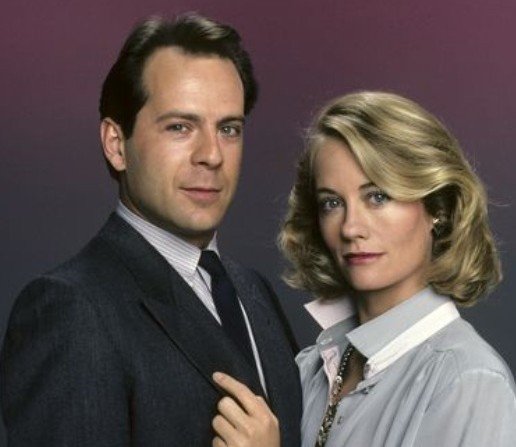
This is what the protagonists of the series looked like, as shown by the portal www.fotogramas.es
At that time, in my country, Venezuela, the television series Moonlighting (called in Spanish: Luz de luna) was broadcast and it meant for me a revelation as far as the production techniques are concerned.
This series had fascinating elements for the time, from the content to the visual and I would like to share with you my appreciations as some reviews I have read, have been written by people who have seen the series 30 years later and I think that being out of the original context, the magical, wonderful and novel of this series, is difficult to appreciate.
Apparently framed in the detective series genre, Moonlight featured a couple of actors who, for non-American viewers, were virtually unknown, Cybill Shepherd and Bruce Willis.
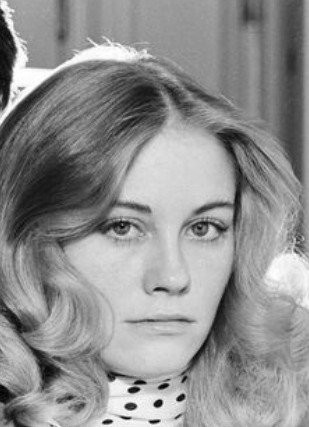
Cybill Shepherd as shown on the page www.fotogramas.es
Although Cybill was not so unknown in her country, because she already had a career as a model and theater actress, if it was in the Hispanic countries, but she impacted by being a beautiful and elegant girl with that look of the ideal stereotype of the executive lady of the 80’s.
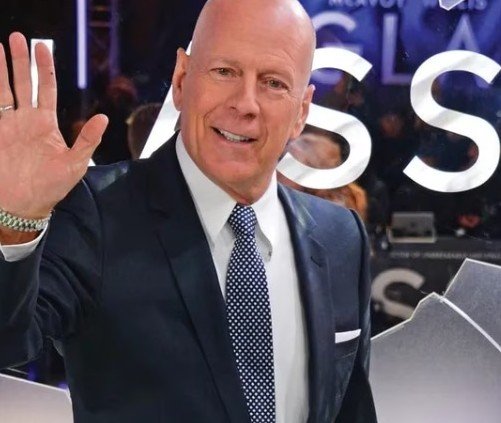
Bruce Willis as we see it in www.google.com
On the other hand, the protagonist, Willis, was an unknown in the USA and even more so in Latin America. A handsome young man with a sex appeal not much seen on the small screen until that moment.
So it was with this couple, the series took the ingredient of sexual tension to another level.
A new level, with which they attracted a lot of public, hooked by that sublime desire that crossed the screen.
Over the years, much has been said about the bad relationship between the protagonists and it is speculated that it is the fault of, the divisiveness of Shepherd and the despot of Willis, although it is also attributed to a disagreement, product of an unresolved sentimental relationship.
The truth of this will never be known, but it is undeniable that this TV series managed to energize the senses of viewers of the 80 who were not accustomed to this type of content with an erotic background.
Much has been said and criticized the scripts of the series for not being as complex as the specialists expect, However, we have to get back to the time when they were written and be aware of the innovation that represented their approach to the genre of detectives proposed by Glenn Gordon Caron.
It has been known through the media that Gordon did not like the detective genre, which is why he gave it a spin, and the cases to be solved were simply a framework and excuse to develop the romantic plot between the protagonists, full of ironic dialogues, something that wasn’t usual at the time.
This series also brought back to TV the famous cameos from the 1950s series (such as those used brilliantly in Batman)
and also presented episodes of tribute to works of literature and famous films.
I tell you that a cameo is called the act of making a famous figure appear in another series or film.
Direction of art and scene
Here also Moonlighting presented novelties that caught the public.
One of them was the use of the fourth wall that was not used at the time.
The fourth wall is the name given to the fact that the characters, for brief moments, abstract themselves from the environment where they are developing and speak to the audience.
In this case, the protagonists spoke to the camera and sometimes showed what was happening on the back of the recording sets.
They also implanted vertiginous dialogues, very fast and in high volume, to highlight the moments of fight and discussion. Just as it is used today in some Latin American novels.
Another great novelty of this series was the use of camera movements in 360°
At that time panoramic shots (in which a camera rotates on its own axis) were used, dolly movements (forward and backward) and traveling (lateral) but had not been used, or at least not commercially, a camera revolving around the protagonists in 360°
This was used in this series every time the lead couple had a moment of discussion.
And being this a series of high budget, could not miss a big star to sing his theme presentation, for which he used Al Jarreau, that with his sweet and velvety voice, in a ballad with tone of jazz, recalled the successes of Barry White and The Love Unlimited Orchestra of the 70s
In the following link you can enjoy the theme song of the series, its presentation and some scenes (in the YouTube channel of David da Fonseca, with the corresponding credits)
As you can see, in the video presentation of the series, 3D digital fonts appear and disappear in Crawl, (side sweep) in the best style of modern Quantel effect machines of the 80’s.
In every aspect, Moonlighting is a series that marked an era, not only of my life and my professional training, but of the development of television series of the next decade.
And as a fun fact, in Moonlighting came the last appearance of the great Orson Wells, who died a week after he recorded the presentation he made for a special chapter of this series.
For those who are very young, and do not know this series, I tell you that:
Moonlighting is the story of former bankrupt model Maddie Hayes, owner of the Blue Moon detective agency and her employee, Detective David Addison, who try to solve important cases while dealing with an unconsummated romance.
Created by Glenn Gordon Caron, who was also the creator of the famous series Remington Steele.
The theme song is performed by Al Jeraud, who received a Grammy nomination for this song and is the same who participated in the song We are the Word with Michael Jackson.
It lasted 5 seasons, between 1985 and 89 and was one of the most expensive TV series of the decade.
I invite you to enjoy some chapter of this television series eighties, which no doubt marks a before and after for the genre of the "dramedy" (tragicomedies) and to which, in my opinion, the great contributions that left are not recognized.
Did you ever enjoy Moonlighting?

All photos belong to me or attribution is indicated
Translated with
Reverso
Designs:Story Maker and/or Story Lab App
AHORA EN ESPAÑOL


https://m.imdb.com/title/tt0089619/mediaviewer/rm166239744/
Un gran saludo para todos los amigos de Hive y de la comunidad de cine y series de TV.
Ahora, un poco más adaptada a mi nuevo horario de trabajo, voy encontrando espacios para volver a este ambiente que tanto me gusta.
Desde hace mucho estoy pensando escribir sobre esta serie de TV y que mejor momento que este retorno para hacerlo.
Se trata de una serie de televisión de los años 80 que recuerdo con mucho gusto y emoción ya que marcó mi inicio en el mundo audiovisual.
Ya corría 1986 y daba mis primeros pasos en la vida universitaria, cursando una carrera de interés secundario para mí y muy joven como para saber exactamente qué quería hacer con mi vida.
Fue entonces cuando un paro universitario me llevó a buscar algunos cursos para hacer mientras estaba en esas forzadas vacaciones.
Y encontré un curso de producción y publicidad que llamó mi atención ya que tanto mi padre como mi abuelo, habían trabajado en publicidad y yo pensé que eso tal vez podía resultarme interesante.
Con lo que yo no contaba era con que la producción audiovisual se convirtiría en mi pasión y en mi carrera.

Así se veían los protagonistas de la serie, tal como nos muestra el portal www.fotogramas.es
En esa época, en mi país, Venezuela, se transmitía la serie de televisión Moonlighting (llamada en español: Luz de luna) y que significó para mí una revelación en cuánto a las técnicas de producción se refiere.
Esta serie tenía elementos fascinantes para la época, desde el contenido hasta lo visual y me gustaría compartir con ustedes mis apreciaciones ya que algunas críticas que he leído, han sido escritas por personas que han visto la serie 30 años después y creo que estando fuera del contexto original, lo mágico, maravilloso y novedoso de esta serie, es difícil de apreciar.
Aparentemente enmarcada en el género de series de detectives, Moonlight presentó una pareja de actores que, para los espectadores no estadounidenses, eran prácticamente desconocidos, Cybill Shepherd y Bruce Willis.

Cybill Shepherd como la muestra la página www.fotogramas.es
Aunque Cybill no era tan desconocida en su país, porque ya tenía trayectoria como modelo y actriz de teatro, si lo era en los países hispanos, pero impactó por ser una chica linda y elegante con ese look del estereotipo ideal de la dama ejecutiva de los 80.

Bruce Willis como lo vemos en www.google.com
Por otro lado, el protagonista, Willis, era un desconocido en USA y aún más en Latinoamérica. Un joven apuesto con un sex-appeal no muy visto en la pantalla chica hasta ese momento.
Fue así como con esta parejita, la serie llevó el ingrediente de la tensión sexual a otro nivel.
Un nuevo nivel, con el cual atrajeron mucho público, enganchado por ese sublime deseo que traspasaba la pantalla.
Con los años, se ha hablado mucho de la mala relación entre los protagonistas y se especula que es culpa de, el divismo de Shepherd y lo déspota de Willis, aunque también se atribuye a una desavenencia, producto de una relación sentimental no resuelta.
La verdad de esto nunca se sabrá, pero es innegable que esta serie de Tv logró enervar los sentidos de los espectadores de los 80 que no estaban acostumbrados a este tipo de contenido con trasfondo erótico.
Se ha hablado y criticado mucho los guiones de la serie por no ser tan complejos como los especialistas esperan, sin embargo, tenemos nuevamente qué ubicarnos en la época en que fueron escritos y ser concientes de la innovación que representó su forma de abordar el género de detectives que propuso Glenn Gordon Caron.
Se ha sabido a través de los medios, que a Gordon no le gustaba el género de detectives, razón por la cual le dió una vuelta, y los casos a resolver simplemente eran un marco y excusa para desarrollar la trama romántica entre los protagonistas, llena de diálogos irónicos, algo que tampoco era usual en esa época.
Esta serie también trajo de vuelta a la Tv los famosos cameos de las series de los 50 (como los que se usaron genialmente en Batman)
y también presentó episodios de homenaje a obras de la literatura y películas famosas.
Les comento que un cameo es la forma como se llama al hecho de hacer aparecer a una figura famosa dentro de otra serie o película.
La Dirección de arte y escena
Aquí también Moonlighting presentó novedades que atraparon al público.
Una de ellas fue el uso de la cuarta pared que no se utilizaba en ese momento.
La cuarta pared es la forma como se llama al hecho de que los personajes, por breves instantes, se abstraigan del entorno donde se están desenvolviendo y le hablen al público.
En este caso, los protagonistas le hablaban a la cámara y en algunas ocasiones mostraron lo que sucedía en la parte de atrás de los sets de grabación.
También se implantaron vertiginosos diálogos, muy rápidos y en alto volumen, para destacar los momentos de pelea y discusión. Tal como hoy en día se usa en algunas novelas latinoamericanas.
Otra gran novedad de esta serie fue el uso de los movimientos de cámara en 360°
Para ese momento se usaban las tomas panorámicas (en la cual una cámara gira sobre su propio eje), los movimientos dolly (hacía adelante y hacia atrás) y los traveling (laterales) pero no se había usado, o al menos no de manera comercial, una cámara girando alrededor de los protagonistas en 360°
Esto se usó en esta serie cada vez que la pareja protagónica tenía un momento de discusión.
Y siendo esta una serie de alto presupuesto, no podía faltar una gran estrella para cantar su tema de presentación, para lo cual se utilizó a Al Jarreau, que con su dulce y aterciopelada voz, en una balada con tono de jazz, recordaba los éxitos de Barry White y The Love Unlimited Orchestra de los años 70 (La Orquesta de Amor Ilimitado)
En el siguiente link pueden disfrutar de la canción tema de la serie, su presentación y algunas escenas (en el canal de Youtube de David da Fonseca, con los créditos correspondientes)
Como podrán apreciar, en el video de presentación de la serie, se hace gala de fuentes digitales en 3D qua aparecen y desaparecen en Crawl, (barrido lateral) al mejor estilo de las modernas máquinas de efectos marca Quantel de los años 80
Es así como en cada aspecto, Moonlighting es una serie que marcó una época, no solo de mi vida y de mi formación profesional, sino del desarrollo de las series televisivas de la siguiente década.
Y como dato curioso, en Moonlighting se produjo la última aparición del grandioso Orson Wells, quien falleciera una semana después de que grabara la presentación que hiciera para un capítulo especial de esta serie.
Para quienes son muy jóvenes, y no conocen esta serie, les cuento que:
Moonlighting es la historia de la ex modelo en bancarrota Maddie Hayes, dueña de la agencia de detectives Luna Azul y de su empleado, el detective David Addison, quienes tratan de resolver importantes casos mientras lidian con un romance no consumado.
Creada por Glenn Gordon Caron, quien también fuera el creador de la afamada serie Remington Steele.
El tema musical, es interpretado por Al Jeraud, que recibió una nominación al Grammy por este tema y es el mismo que participó en la canción We are the Word con Michael Jackson.
Duro 5 temporadas, entre 1985 y 89 y fue una de las teleseries más caras de la década.
Los invito a disfrutar algún capítulo de esta tele serie ochentosa, que sin duda marcó un antes y un después para el género de las "dramedy" (tragicomedias) y a la cual, a mi parecer, no se le reconocen los grandes aportes que dejó.
Y tú, disfrutaste alguna vez de Moonlighting?

Todas las fotos me pertenecen o se indica atribución
Artes con Story Maker y/o Story Lab App